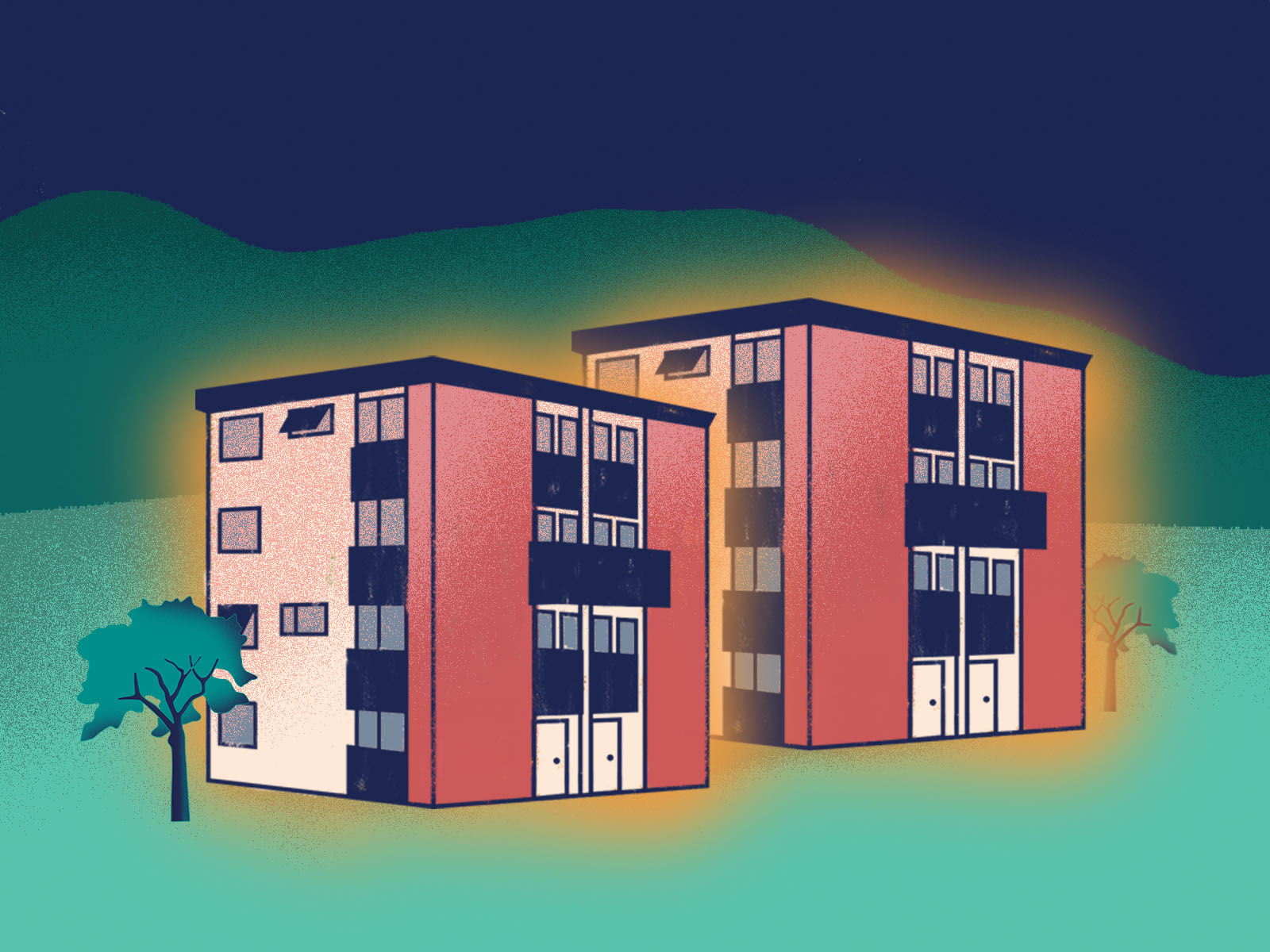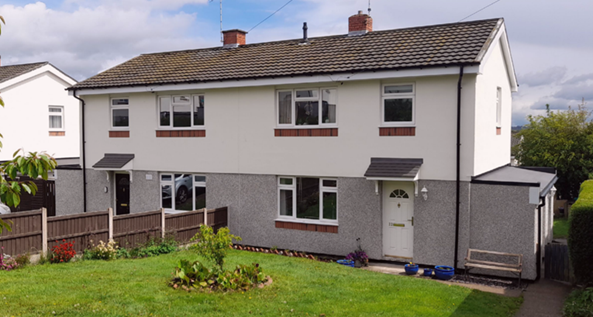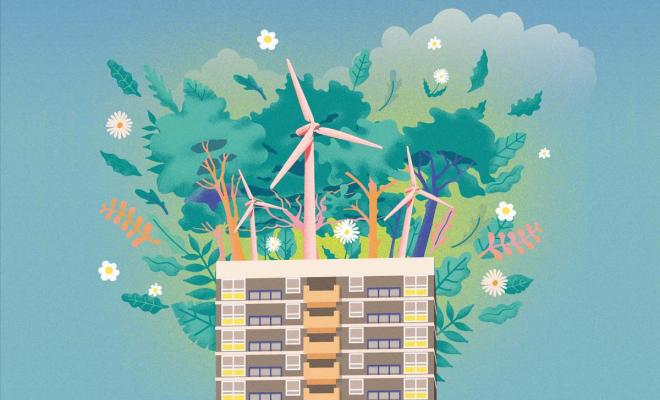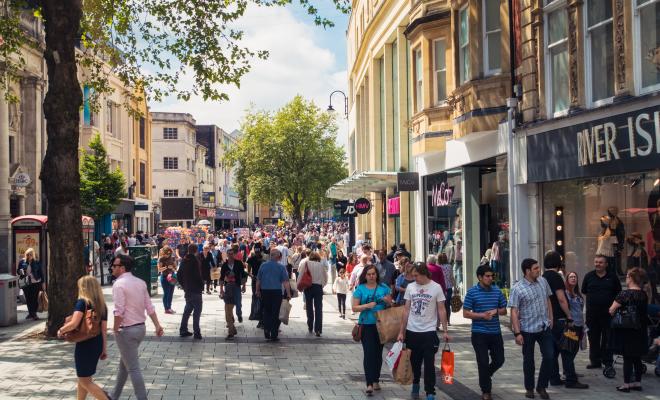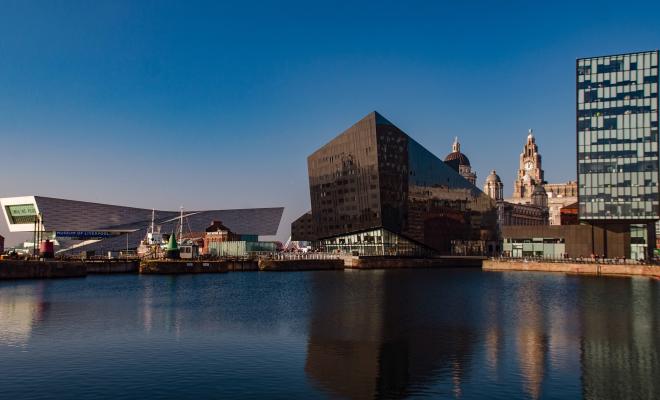20 Sep 2024
How is Action 13 tackling the climate crisis?
The overall energy efficiency of UK housing is poor and a major source of climate emissions. By retrofitting their own properties, councils can cut emissions, help reduce residents' fuel bills and demonstrate what's possible.
North East Derbyshire District Council is working with expert partners to install external wall insulation (EWI) at 427 council-owned homes in ex-mining communities, such as the Morton estate, in addition to the BISF (British steel framed) properties located on the Mickley Estate in Alfreton. The council views these social housing properties as "hard to treat" in terms of boosting energy efficiency and keeping residents warm, and the people living there are at high risk of fuel poverty. The work began in late 2020 and in 2022, with each EWI taking about 5-7 days to complete.
The council aims to be net-zero carbon by 2050, and the scheme is putting vulnerable communities at the heart of its climate response. The work is funded by the government’s Green Homes Grant Local Authority Delivery Scheme.
In the context of a surging cost-of-living crisis, driven in part by energy insecurity, retrofitting inefficient homes across the UK offers local authorities the opportunity to directly cut bills and carbon, while also creating employment opportunities across all communities. In addition, fitting EWI, along with other improvements such as new windows and doors, can help to address health problems arising from damp and mould in housing.
"The investment to improve homes across North East Derbyshire is both supporting residents with the cost- of-living crisis, reducing the risk of fuel poverty and improving the appearance of the communities where works are being undertaken. Residents have commented on both the improvements of their homes and the area in which they live."
Councillor Carolyn Renwick, Housing Portfolio Holder, North East Derbyshire District Council.
What impact has the project had?
Emissions impacts
The scheme is expected to deliver carbon savings of 425 tonnes a year, which'll be a significant boost to the authority’s efforts to cut housing emissions to net zero.
Social impacts
The council expects residents to save hundreds of pounds a year per household through lower energy bills.
By prioritising hard-to-heat homes, the council is also protecting people’s health and wellbeing and reducing the potential burden on local NHS services. Residents have said that their homes are noticeably more comfortable. And in addition to being warmer in winter, the houses will be cooler in summer – an increasingly important consideration as the UK is experiencing more periods of extreme heat.
“I was always a little bit horrified, we used to walk around the estates with all the black damp mould marks on the house, they were not nice to look at, these definitely look much better and the houses have become much more comfortable and provide a healthier environment.”
Councillor Carolyn Renwick at Friends of the Earth and Ashden’s Council Climate Action conference.
Jobs and skills impacts
The project has also developed green skills in the area. Sustainable Building Services UK Ltd, the contractor that carried out the work, commissioned Think Construction to conduct on-site training for 10 workers, helping them gain NVQ Level 2 qualifications in EWI. A site manager also gained training in NVQ Management of EWI.
In addition, Sustainable Building Services recruited 2 new local site managers, while the project’s quantitative surveyor has earned a retrofit assessor qualification and will soon begin retrofit co-ordinator training. Finally, site management teams have undertaken training on The Retrofit Academy’s NOCN_Cskills Awards Level 2 Award in Understanding Domestic Retrofit.
Structural and cost-saving improvements to homes
The district council’s approach to improving the full external envelope of properties through a range of structural repairs such as new doors and windows and roof repairs is expected to give properties a minimum additional lifespan of 30 years, as well as reduced future maintenance costs for the council through this period.
What made this work?
A key enabling factor in this project was the partnership between the council and Rykneld Homes Ltd. Rykneld Homes is a council-owned social housing provider that's managed, maintained and improved about 8,000 properties on behalf of the authority. A close relationship was important, as this partnership utilised areas where properties are of a similar type of construction to create more dynamic delivery models. This means the local authority can build confidence in local supply chains, crucial to supporting local employment and allowing for energy-efficiency improvements to be rolled out at a greater scale.
Rykneld Homes also provided a dedicated customer support service, which was essential as residents had to stay in their properties while work was carried out – sometimes for up to 14 weeks.
“I am really pleased with the work. The house looks beautiful and so much better than before. The house used to be difficult to keep warm and the minute you turned the heating off it went back cold very quickly. As well as having the external wall insulation fitted we have also had new windows and we are definitely looking forward to having a home that is easier to heat this winter. We soon got used to having the scaffolding around – after a while you don’t even notice it – and in the end it was worth it. We have been very pleased with the work – the site officer Pat was absolutely lovely – she always kept us informed about what was going on which was really fantastic because then we knew what to expect.”
Social housing tenant in Dronfield, North-East Derbyshire.
The partnership with Sustainable Building Services was also key – the company had significant prior experience of working in social housing.
What resources were needed?
The council has used funding from the UK government’s Department for Business, Energy and Industrial Strategy, as well as its own resources, to develop the project.
The scheme was run in 2 phases, 1a and 1b, co-ordinating with (and named after) 2 phases of the government’s Green Homes Grant Local Authority Delivery Scheme (LADS). In phase 1a of the council project, the authority spent £2.5 million of its own money, supplemented by £565,000 of LADS 1a funding, to carry out work on 115 homes. For phase 1b, the council is using £1.04 million of LADS 1b funding, supplemented by £7.2 million of council investment, to work on 209 homes.
Approximately £10.6 million of Housing Revenue Account (HRA) funding has been used so far, and further HRA investment is expected in the coming years. In addition to this, the council is currently working on a bid to the Social Housing Decarbonisation Fund.
Lessons from North East Derbyshire
National government funding is needed but can be difficult to manage
A large challenge for this project is co-ordinating and spending central government finance. LADS has offered significant funding, but it’s been difficult to manage the short funding cycles and time windows for awarded money to be spent. This means it can be more difficult to set up supply chains with contractors.
Action needed to secure supply of materials
The supply chain of raw materials has been inconsistent, which has posed significant long-term challenges for this project. A key action taken by the council to overcome aspects of this threat was to buy using a framework agreement through Energy Efficiency East Midlands, which allowed price freezes that meant supply chains could remain in place in times of raw material shortages.
Efforts to work in partnership pay off
To build on the momentum from the initial retrofit programme, the council will now be working with Rykneld Homes to deliver future work on 600 non-traditional (Reema) council-owned homes across the district. This demonstrates the importance of developing strong relationships with local partners, and of placing added emphasis on developing resilient and skilled local supply chains as the opportunities for retrofit increase.
Funding needed for all tenures
Owner-occupied homes on the Morton estate (purchased via the Right to Buy scheme) haven’t benefited from the same treatment, and this is now very evident. North East Derbyshire wants to help these residents to access grants so that they can carry out similar improvements on their own homes.
Useful information
Related projects
We've found some examples of other council activity on this topic.
- Enfield Council has fitted heat pumps in 400 council flats.
- Leeds City Council has used external wall insulation to retrofit high-rise flat blocks.
Friends of the Earth's view
North East Derbyshire District Council has navigated complex funding opportunities to make sure it prioritises energy-efficiency upgrades for the council housing residents in most need. This action – which joins up tackling the climate emergency with addressing fuel poverty – is making a real difference to people’s lives, helping them to keep warm as energy prices rise. In order for more people to benefit from similar action, the government needs to ensure councils have long-term, stable funding to upgrade homes with insulation and other retrofit measures.
Councils should also make sure they enforce high energy-efficiency standards in private-rented homes (Action 15 in the Climate Action Plan for Councils).
Friends of the Earth is showcasing specific examples of good practice in tackling climate change, but that doesn’t mean we endorse everything that a council is doing.
This case study has been produced by Ashden and Friends of the Earth. It was originally published in February 2022 and was last updated in December 2022. Any references to national policy in this case study relate to policy under the previous government and reflect the policy context in which the council was operating at the time.


